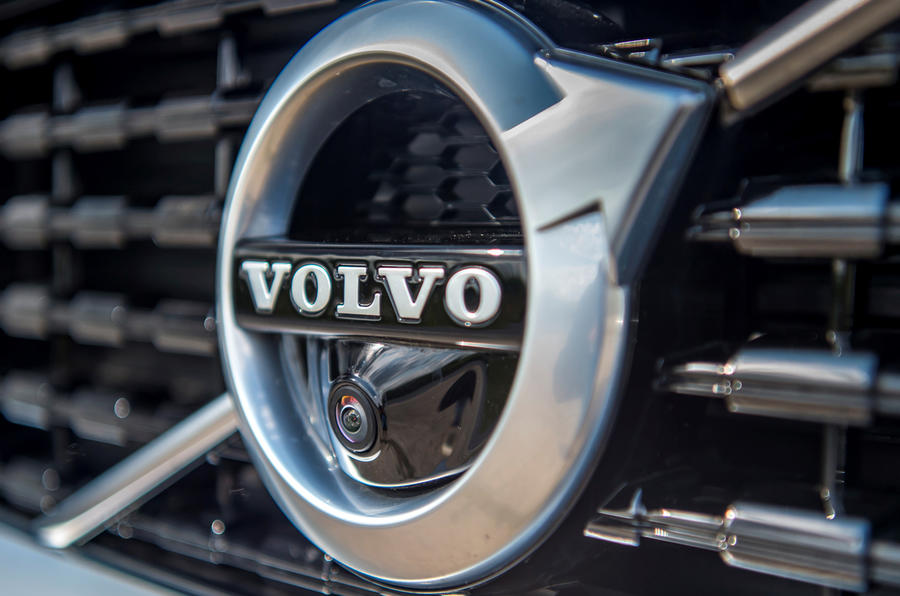Volvo will introduce a new Recharge brand for all of its full electric and plug-in hybrid cars, and has vowed to show buyers the average lifecycle carbon footprint of each new model as part of a bold set of plans to reduce its carbon emissions.
The new Recharge line will be introduced with the Swedish firm’s first battery electric vehicle, the XC40 Recharge, which will be unveiled later today (Wednesday). That will also be the first model for which Volvo will disclose the average lifecycle carbon footprint – effectively the CO2 emissions the car will produce during its life with both manufacturing and usage taken into account.
The Recharge label will be used on all new electrified models the firm releases from now on. Volvo says that it will use the brand to push sales of electrified cars, and that it will offer incentives to encourage plug-in hybrid drivers to use the full electric Pure mode as much as possible.
Volvo has already revealed plans for half of the cars it sells by 2025 to be fully electric, and has now launched a wider climate plan with the aim to reduce the lifecycle carbon footprint per car by 40% from 2018 figures by the same date. The firm has also set a target of becoming an entirely climate-neutral company by 2040.
Volvo has already pledged that every new car its introduces will feature an electrified powertrain. But it says that meeting its climate target will involve both pursuing “all-out electrification” of its vehicle line-up, and reducing carbon emissions from its manufacturing network, wider operations and supply chain. The firm is also aiming to increase both recycling and the reuse of materials.
To achieve a 40% reduction of its per car CO2 footprint by 2025, Volvo has set goals for that date of reducing CO2 emissions from its global supply chain by 25%, reducing its own carbon emissions by 25% and using 25% recycled plastics in new cars.
Volvo boss Håkan Samuelsson said that the firm was “transforming our company through concrete actions, not symbolic pledges.”
He added: “We will address what we can control, which is both out operations and the tailpipe emissions of our cars. And we will address what we can influence, by calling on our suppliers and the energy sector to join us in aiming for a climate neutral future.”
Volvo recently announced plans to merge its combustion engine programme with parent firm Geely, and then spin it off into a separate company. It says that will allow it to focus fully on electrified powertrains.









Join the debate
Add your comment
Carbongate
"Volvo will disclose the average lifecycle carbon footprint – effectively the CO2 emissions the car will produce during its life with both manufacturing and usage taken into account."
I'm predicting 'carbongate' in 5 years time.